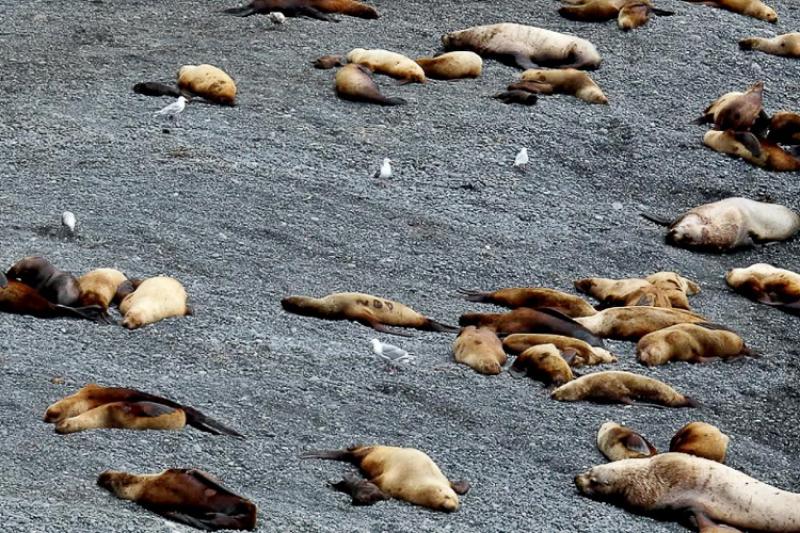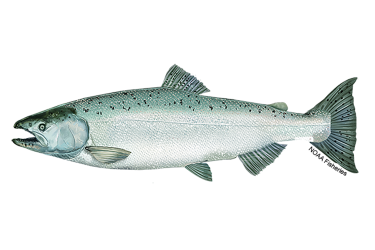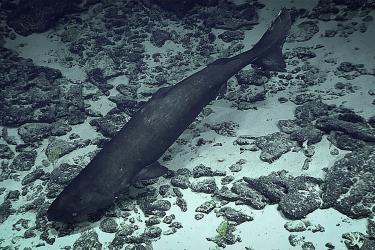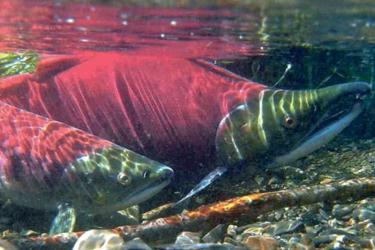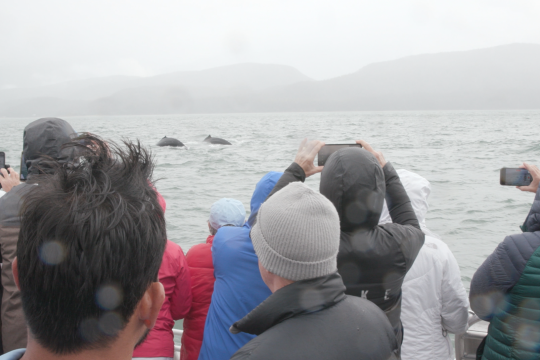Every summer AFSC’s Marine Mammal Lab scientists conduct Steller sea lion surveys along the Aleutian Island chain, an area of concern for the endangered Steller sea lion. Sea lions in the central and western Aleutian Islands have continued to decline.
During the surveys, scientists take expansive photographs from the air and ground, capturing rugged coastlines filled with thousands of sea lions. They also look for permanently marked animals to learn how certain individuals are faring over the course of their lives.
Advanced technology like hexacopter drones offer easier access to hard to reach locations where Steller sea lions live. Sophisticated maps and data visualizations clearly showcase detailed information and effectively demonstrate patterns and trends, especially to the general public. All of this leads to better insights and more accurate assessments about the health of the endangered population.
But they are just tools. There’s still nothing better than an informed researcher who knows what she’s looking for. Because to determine Steller sea lion population numbers scientists must pore over each image—and count.
“It’s pretty meditative [work],” said Marine Mammal Lab biologist Katie Sweeney.
Sweeney and another MML researcher are working independently to make sure counts are accurate. If there is a big discrepancy from a certain area, both will recount.
“We have to look at each image and puzzle the site together from multiple images, so it can take a couple of months” to count sea lions from all the photos.
For now, the painstaking work will continue through fall. But the end result will be an accurate picture of how many Steller sea lions are living in the Aleutian Islands. The final figures will be reported this winter.
